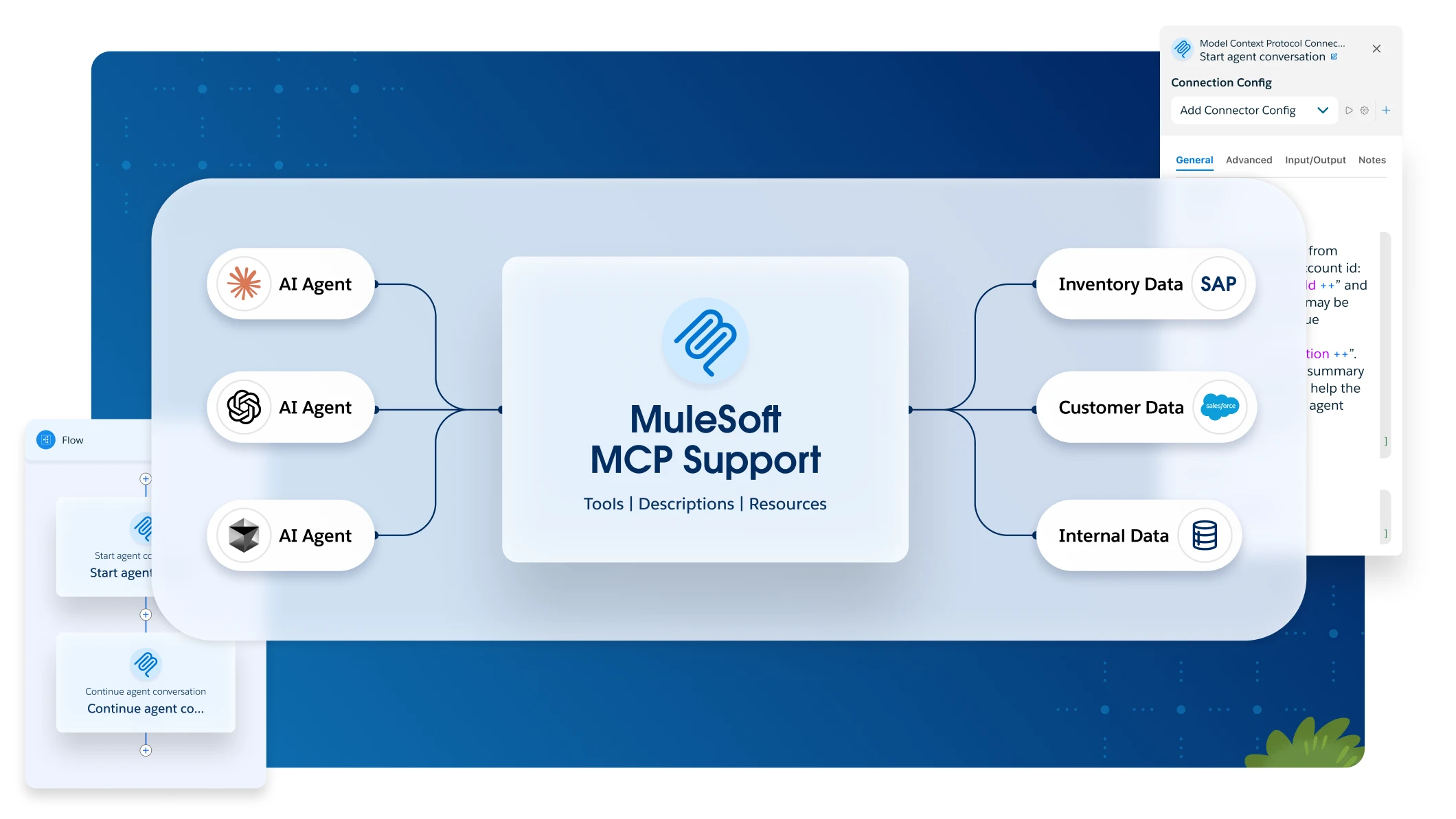ACCESS_TOKEN=$(curl https://anypoint.mulesoft.com/accounts/login -XPOST -d "username=YOUR_USERNAME&password=YOUR_PASSWORD" | jq -r ".access_token")Public Portal Vanity Domain
This document contains instructions and the necessary NGINX configuration for setting up an organization’s public portal using a vanity domain.
Register Your Domain
Public portal domains must be registered in Exchange. To register your public portal’s domain:
-
Get an access token from an Anypoint Platform user account that has the Organization Administrator permission in the root organization:
-
Use the access token to register your custom domain:
curl https://anypoint.mulesoft.com/exchange/api/v2/portals/YOUR_ORGANIZATION_DOMAIN/domain -XPUT -d your.custom.domain -H "content-type: text/plain" -H "authorization: bearer $ACCESS_TOKEN"If this step is not followed, you won’t be able to log in to the portal or perform any actions that need authentication.
Set up a reverse proxy
A reverse proxy allows users to access and navigate the vanity domain site exactly as if they were at the MuleSoft site. For example, users could access and navigate https://developers.robocop.com/path/of/justice/ exactly as if they were at https://anypoint.mulesoft.com/exchange/portals/robo-cop/.
This can be achieved through a reverse proxy that reroutes requests to your specific domain to the Anypoint Platform. In the following section, we provide example minimal NGINX configuration rules needed to implement the reverse proxy correctly.
You can set up the reverse proxy on servers other than NGINX, including Apache, content delivery networks (CDNs), and many more. The specific configuration needed for your current web server implementation may need to vary slightly, but the rules should be implemented in the same way.
Generic configuration
To set up a basic reverse proxy for a portal vanity domain configuration, set up route mapping and custom headers.
Route mapping
Set up static resource route mapping for shared, icons, exchange/api-console, and node_modules. Regardless of your portal path, these routes need to be at the root level.
For example:
-
Route
https://developers.robocop.com/sharedtohttps://anypoint.mulesoft.com/shared. -
Route
https://developers.robocop.com/iconstohttps://anypoint.mulesoft.com/icons. -
Route
https://developers.robocop.com/node_modulestohttps://anypoint.mulesoft.com/node_modules. -
Route
https://developers.robocop.com/exchange/api-consoletohttps://anypoint.mulesoft.com/exchange/api-console.
Route callback to https://anypoint.mulesoft.com/exchange/portals/YOUR_ORGANIZATION_DOMAIN/callback.
For example:
-
Route
https://developers.robocop.com/callbacktohttps://anypoint.mulesoft.com/exchange/portals/robo-cop/callback.
Route all your portal traffic to the Anypoint Platform. This depends on the portal path. Your portal path may be any path. The example’s portal path is path/of/justice/.
For example:
-
Route
https://developers.robocop.com/path/of/justice/(and all routes under this path) tohttps://anypoint.mulesoft.com/exchange/portals/robo-cop/.
Custom headers
Add headers for each of the routes described previously.
-
X-Forwarded-Pathis the base path of your vanity domain public portal URL, such as/path/of/justice/.This path can be any path that begins and ends with a slash (
/). It can be the root path represented by a single slash (/). This base path of the portal in your vanity domain does not need to match the base path of the portal in the anypoint.mulesoft.com domain. -
X-Forwarded-Hostis your public portal vanity domain, such asdevelopers.robocop.com.
Using NGINX
location ~ /(shared|node_modules|icons|exchange/api-console) {
proxy_set_header X-Forwarded-Host $http_host;
proxy_set_header X-Forwarded-Path ${PUBLIC_PORTAL_PATH};
proxy_pass ${ANYPOINT_BASE_URL};
}
location /callback {
proxy_set_header X-Forwarded-Host $http_host;
proxy_set_header X-Forwarded-Path ${PUBLIC_PORTAL_PATH};
proxy_pass ${ANYPOINT_BASE_URL}/exchange/portals/${ORGANIZATION_DOMAIN}/callback;
}
location ${PUBLIC_PORTAL_PATH} {
proxy_set_header X-Forwarded-Host $http_host;
proxy_set_header X-Forwarded-Path ${PUBLIC_PORTAL_PATH};
proxy_pass ${ANYPOINT_BASE_URL}/exchange/portals/${ORGANIZATION_DOMAIN}/;
}With:
${PUBLIC_PORTAL_PATH}: Your custom path. Must end with a forward slash "/".
${ANYPOINT_BASE_URL}: Anypoint Platform URL for the desired region.
${ORGANIZATION_DOMAIN}: Your organization's domain in Anypoint Platform.For example, for the Robocop organization public portal with an Anypoint Platform domain of robo-cop to run on developers.robocop.com/path/of/justice/:
${PUBLIC_PORTAL_PATH}: /path/of/justice/
${ANYPOINT_BASE_URL}: https://anypoint.mulesoft.com
${ORGANIZATION_DOMAIN}: robo-cop
Your server must run using https.
|
If set up correctly, you can access and navigate to https://developers.robocop.com/path/of/justice/ exactly as if you were at https://anypoint.mulesoft.com/exchange/portals/robo-cop/.
Configure Cookie Consent Management for Your Domain
Exchange public portals that do not use vanity domains can use the provided cookie consent manager.
After your vanity domain is configured and your site is working, activate cookie consent management by contacting customer support with this information:
-
Your organization domain (Example:
robo-cop) -
Your registered domain (Example:
developers.robocop.com)
Customer support provides you a COOKIE_CONSENT_ID for the recently registered vanity domain. You cannot transfer this COOKIE_CONSENT_ID to other vanity domains.
Register Your Cookie Consent ID
You must register your COOKIE_CONSENT_ID by using the same token you obtained when you registered your domain.
curl https://anypoint.mulesoft.com/exchange/api/v2/portals/YOUR_ORGANIZATION_DOMAIN/cookieConsentId -XPUT -d COOKIE_CONSENT_ID -H "content-type: text/plain" -H "authorization: bearer $ACCESS_TOKEN"After registering your COOKIE_CONSENT_ID, enter your portal using your vanity domain. The navigation bar displays the Cookie Preferences button.
The COOKIE_CONSENT_ID is linked to your registered domain. If you change the domain, repeat these steps to configure cookie consent management for your new domain.



